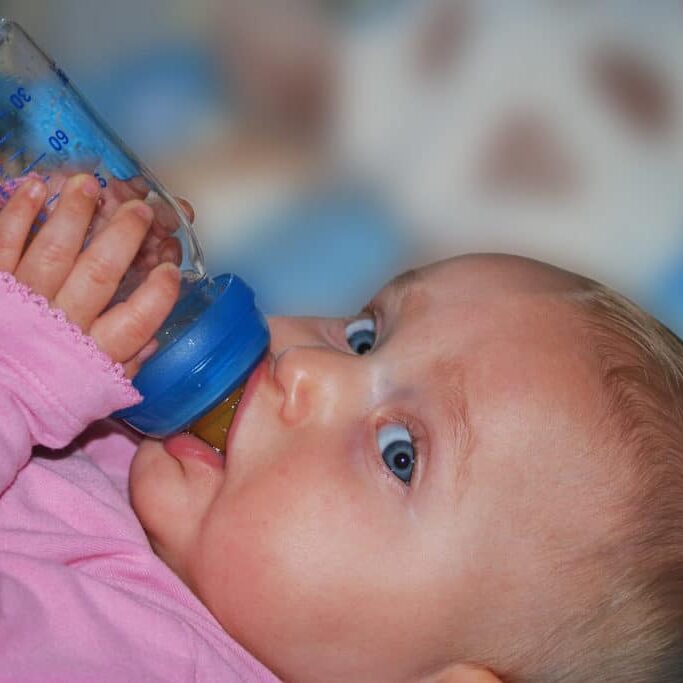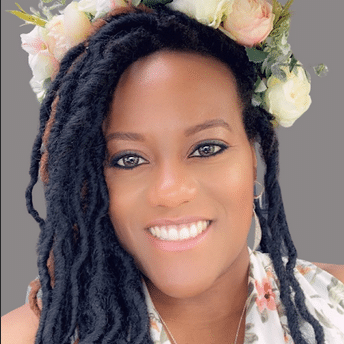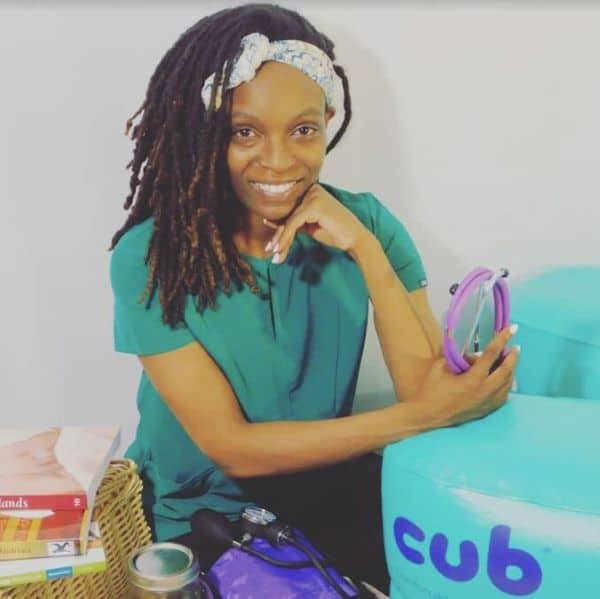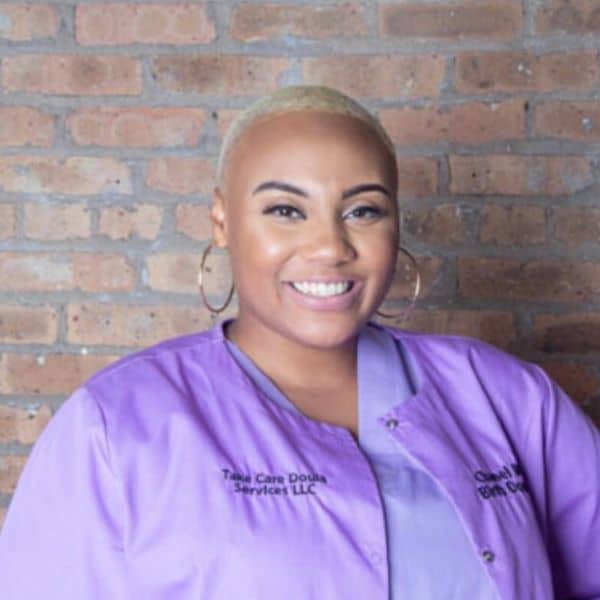Breastfeeding
Best Bottle for a Breastfed Baby?

My baby is exclusively breastfed, but I’d like her to take a bottle so that my partner and I can go out once in while. What bottle would be best for my otherwise breastfed baby? – Jayne M., Chicago
Breastfeeding is very much an “infant-led” process. Baby tells us when she is hungry by giving cues; she’ll root, protrude her tongue, smack her mouth, open and make an O shape with her mouth. A mother responds by bringing her close and offering a breast, and baby smells mama’s breast, feels the warmth of the skin, and responds with yet more hard-wired behaviors. She’ll put her head back, open her jaws widely, and lunge into the breast to take the breast tissue deep into her mouth. Baby will instinctively position it so she can allow for rhythmic suckling that will both trigger a letdown and flow of milk and control the massaging out of milk.
By the time an infant is three weeks old and the question of introducing a bottle comes up, the baby has experienced more than 200 opportunities to trust in breastfeeding. The following suggestions are guided by a strategy of keeping bottle feeding infant-led, and trying to mimic the natural process of breast feeding as much as possible.
Build Trust Slowly
Introducing a bottle should be done with the thoughtful respect that is inherent in breastfeeding. The senses of the infant are not as activated, so baby doesn’t have the same experience with pleasant sensations unless we build them in and optimize them.
When introducing a bottle for a mom returning back to work, or simply wanting to offer it as an alternative to the breast without urgency, Patricia Gima, IBCLC, recommends a slow building of trust in the experience of bottle feeding. She recommends the following process involving days/weeks:
1. Start with just the silicone nipple removed from the bottle. Touch it to baby’s lips, and if baby opens her mouth, touch it to her gums. This may be all you do for the first few sessions.
2. If baby is comfortable, the next sessions can involve progressing to touching it to her tongue, until she draws it into her mouth (may be days or weeks). Let her suckle if she is interested.
3. After baby has taken the nipple into her mouth and suckled on it, begin to add ¼ oz of milk, allowing the baby to taste milk in the bottle. The best time to try this would be after a feeding, when baby is satisfied.
4. Gradually increase the amount of milk and feed with guidelines below.
Always finish these experiments/play with a full, satisfying breastfeed. We want the baby to associate the nice satiated feeling with the breast, rather than the bottle.
Obviously in situations where the infant needs supplementing or feeding with bottles more urgently, this introduction pace isn’t compatible. But it does bring up an interesting idea of developing a new sequencing (built around bottle feeding) that allows for building trust and positive associations. The concepts could certainly be used in a more condensed time frame, even in a single session.
Choosing a Nipple/Bottle
There exists many differing ideas among lactation specialists as to the type of nipple which works best for the breastfed baby. The main component many lactation specialists agree on is that the nipple must be a slow flow.
Diane West, IBCLC, suggests that wide bases and round, symmetrical nipples seem to be preferable. According to West, Marasco & Maranta there are several nipple products on the US market that meet these criteria:
1. Wide base that slopes gradually toward the nipple
2. A short nipple, to allow for the nipple to rest back at the soft palate.
3. A round nipple
4. A slow flow rate
5. Made of a soft, easily compressible, thin material
Recognizing how babies mouth sizes and shapes differ, Amy Peterson, IBCLC, and Mindy Harmer, IBCLC (2010), studied 37 different nipples and found that rather the shape of the nipple is key, a gradual transition between the tip and the base being the most important factor when considering which nipple to use. Principally, “The shape of the nipple should allow for your baby´s bottle nipple latch to look the same as his latch on your breast.”
The authors recommend the SIMPLE Method:
S – Select a nipple: Start with a slow-flow nipple that gradually flares from tip to base and has an appropriate texture. Most babies do better with a wide base, but many may need a narrow base, in order to achieve a wide latch.
I – Interest the baby: Beginning when your baby is 3-4 weeks of age, introduce the bottle to your baby when he is alert and calm. Allow him to latch onto a bottle that is not dripping.
M – Maintain a wide latch: Make sure your baby´s mouth is widely open, accepting the nipple length in addition to a portion of the nipple base.
P – Position of tongue: Check that your baby´s tongue stays over the bottom gum ridge, with the sides cupping the nipple, moving in a wave-like motion visible under your baby´s chin during swallowing.
L – Lips: Make sure your baby´s lips stay flanged, which means the top lip is visible and the bottom lip flips outward. Both lips should gently rest on a portion of the nipple base. After your baby latches onto the bottle nipple, adjust your baby´s lips.
E- Effortless swallow: Listen for a rhythmic swallow pattern. Your baby should swallow after every one or two sucks, without gulping or gagging.
Feeding Position and Techniques
Karen Laing, IBCLC, and Founder of Birthways, summarizes some steps to share with caregivers who will be feeding bottles to a breastfed infant.
Feeding the infant in a more upright position, with the bottle more horizontal than vertical, keeps the infant from swallowing defensively as milk pours in. Of all the common breastfeeding positions, the infant lying flat as milk pours from above, is not in the list of naturally occurring ones. (Think about eating that way yourself, essentially lying flat on your back!)
Work with infant cues. Allow the infant to root for, open wide for, and lunge into the bottle. Have the first sucks be “unproductive,” holding back the flow of milk for 15-20 seconds. You then can “let down” the milk. Throughout every feeding, notice the sucking/swallowing/breathing pattern. Watch for any choking, sputtering or any other signs of difficulty managing the flow.
Take breaks. An infant feeding at the breast has pauses that can be equal to or greater than the periods of active suckling. If caregivers could be trained to allow these pauses, the feeding experience could be more satisfying for the baby, allow more in-arms time, and the challenge of feeding beyond the baby’s need could be minimized.
Alternatives
Remember that bottles are only one alternative to feeding an infant that is away from the breast or needs supplementation. Talk with your Lactation Consultant to find a method most compatible with your baby’s abilities, feeding behaviors and development. As always, consult with a lactation professional if you are introducing bottles within the first 14 days or have concerns about feeding your baby.



























